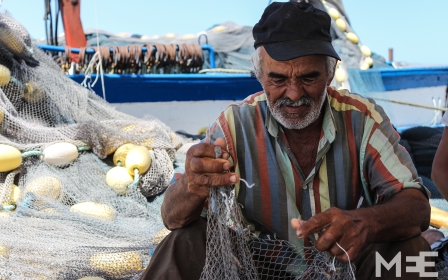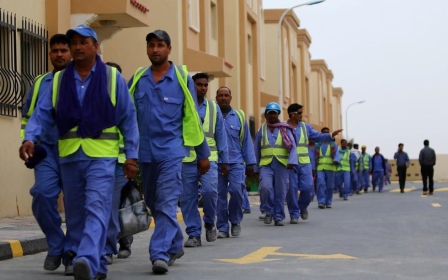Migrant shipwreck off coast of Tunisia kills five

A shipwreck off the coast of Tunisia killed five people on Saturday, while the coastguard managed to rescue 49 others.
A sailing boat had set off from Monastir, a small port jutting out from the coast of eastern Tunisia, on Saturday morning, but quickly got into difficulties and sank.
The port of Monastir lies just 160 kilometres across the sea from the tiny Italian island of Lampedusa, a key destination for boats carrying migrants from North Africa to Europe across the Mediterranean.
A naval official confirmed in a statement that five people had been found dead and 49 rescued, although the statement did not mention what will happen to those who were rescued on Saturday.
Numbers of attempted crossings of the Mediterranean swell every summer, as low winds and calmer waters make the journey less risky than during the winter months.
So far this year huge numbers of people have already died in attempts to reach European shores – in the largest single incident, 800 people are feared to have drowned off the coast of Libya in April.
People smugglers typically set off from neighbouring Libya, where ongoing chaos has meant it is easier to launch ships and dinghies often carrying hundreds of Europe-bound people.
However, locals told MEE on Friday that the number of people attempting to set off from Tunisia is on the rise.
Unlike Saturday’s incident, most of those who set off are from countries like Somalia, Eritrea and Sudan – the boats that set off from Tunisia also carry people from Syria and Egypt.
A Tunisian fisherman said he often helps drowning migrants during his work.
“Of course we help them. What are we going to do, leave them? They can’t even swim.”
Middle East Eye propose une couverture et une analyse indépendantes et incomparables du Moyen-Orient, de l’Afrique du Nord et d’autres régions du monde. Pour en savoir plus sur la reprise de ce contenu et les frais qui s’appliquent, veuillez remplir ce formulaire [en anglais]. Pour en savoir plus sur MEE, cliquez ici [en anglais].




